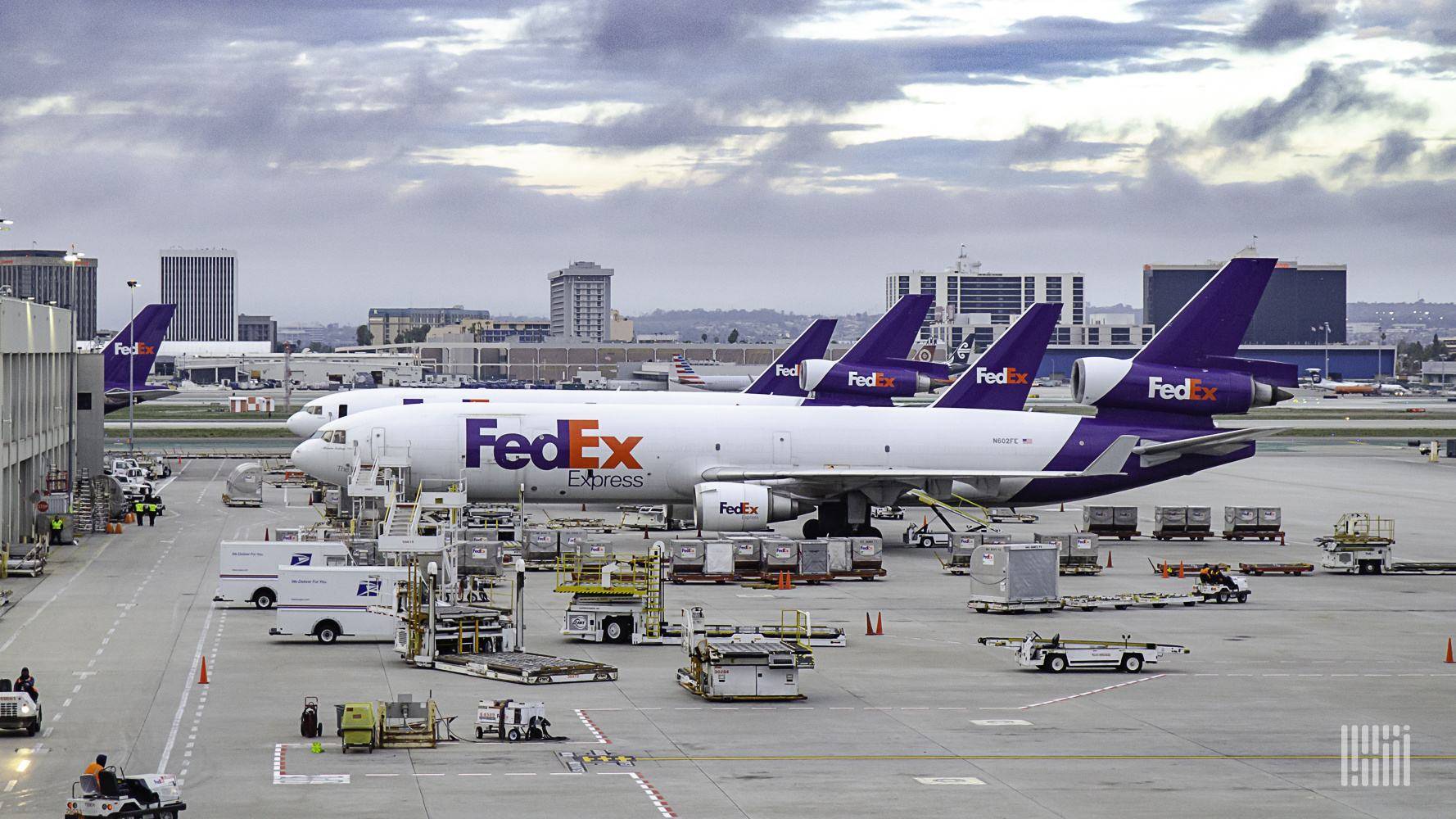
Clothing shipped to the United States by sea, including taxes, is subject to double clearance and door-to-door delivery
- Time of issue:2025-07-27
Clothing shipped to the United States by sea, including taxes, is subject to double clearance and door-to-door delivery
- Time of issue:2025-07-27
Shipping clothing to the United States by sea is a widely used method for international logistics, especially for businesses and individuals seeking to import large quantities of goods at a reasonable cost. Sea freight offers a cost-effective way to move goods across long distances, but it comes with its own set of considerations. These include taxes, customs clearance procedures, and additional services like door-to-door delivery. This article will guide you through the process of shipping clothing to the U.S. by sea, highlighting the importance of double clearance and the benefits of door-to-door delivery.

Understanding Sea Freight Shipping to the U.S.
Sea freight, or ocean shipping, involves transporting goods in large shipping containers across the world’s oceans. For clothing importers, this method is particularly popular due to its efficiency for bulk shipments. The shipping process begins when goods are loaded onto a container, then transported to a port where they are unloaded and cleared through customs before continuing on to their final destination.
Shipping clothing to the U.S. by sea offers numerous advantages. The most significant one is the cost-effectiveness compared to air freight. While sea freight may take longer, the savings in shipping costs make it an attractive option for companies dealing in large volumes of products. However, before the clothing can be delivered to its final destination in the U.S., several steps need to be followed, particularly when it comes to customs clearance and taxes.
The Role of Double Clearance
One key aspect of importing goods, such as clothing, to the U.S. is the necessity for "double clearance." Double clearance refers to the process of clearing goods through customs both at the point of entry into the United States (often a seaport) and again once the shipment reaches its final destination, typically a warehouse or retail facility. This ensures that the goods comply with U.S. import regulations and all applicable duties and taxes are paid.
First Clearance: Entry to the U.S.
When clothing arrives at a U.S. port, it undergoes the first round of customs clearance. This process involves several key steps:
- Document review: Importers must submit detailed paperwork, including the commercial invoice, bill of lading, and any relevant certificates of origin or other required documentation.
- Customs inspection: Customs officers may inspect the clothing to verify that the goods match the provided documentation. If discrepancies are found, the shipment may be delayed or even rejected.
- Payment of duties: The importer must pay any applicable import duties and taxes on the clothing. The U.S. Customs and Border Protection (CBP) agency uses the Harmonized Tariff Schedule to determine duty rates based on the type of clothing being imported.
Second Clearance: Delivery to the Final Destination
Once the clothing clears customs at the port of entry, it must be transported to its final destination. In some cases, this will require another round of clearance, especially if the goods are moving through a different state or jurisdiction. Depending on the delivery method, additional paperwork and clearance procedures might be needed to ensure the goods comply with local regulations. This second clearance process is essential for ensuring that the goods are properly handled and meet all necessary standards.
Taxes and Fees on Clothing Imports
One of the major considerations when shipping clothing to the U.S. by sea is the associated taxes and fees. Import duties and taxes are determined based on the value of the goods, the type of clothing, and its country of origin. The U.S. uses a tariff system that applies different rates depending on the product classification.
It’s also essential to be aware of state-specific taxes and regulations. Some states have additional sales tax requirements for imported goods, which can affect the final cost of clothing. For instance, if you’re importing clothing into California, you might be subject to additional fees or taxes at the state level.
To avoid surprises, it’s crucial to work with a customs broker or freight forwarder who can help navigate these complexities. They can assist in calculating taxes and duties, ensuring that you stay compliant with all regulations and avoid delays.
Benefits of Door-to-Door Delivery
While the process of shipping clothing to the U.S. by sea can seem complex due to the clearance procedures and taxes, the use of door-to-door delivery services can greatly simplify the entire process. Door-to-door delivery means that the goods are transported directly from the supplier’s warehouse to the final destination, such as a retail store, warehouse, or consumer’s home.
There are several benefits to using door-to-door delivery for clothing imports:
- Convenience: You don’t have to worry about coordinating multiple stages of the shipping process. The logistics company takes care of everything, from the port of entry to final delivery.
- Faster delivery: Although sea freight is typically slower than air freight, using a door-to-door service ensures that your shipment moves efficiently from the port to your door, minimizing delays.
- Customs handling: Customs brokers typically handle the paperwork and clearance, reducing the burden on the importer and ensuring compliance with all regulations.
- Cost savings: Door-to-door delivery services often include everything in one package, from shipping and handling to taxes and fees, making it easier to manage your logistics budget.
Conclusion
Shipping clothing to the U.S. by sea can be a highly effective and economical way to import goods, but it requires a thorough understanding of the process. Double clearance and taxes are critical aspects that importers must be aware of to ensure their shipments move smoothly through customs. By utilizing door-to-door delivery services, businesses can simplify logistics, reduce delays, and focus on growing their operations. With proper planning and the right partners, importing clothing to the U.S. can be a seamless and profitable experience.
ADDRESS: 101 Qinghui International, No. 160 Qisha Ferry Road, Shatian Town, Dongguan City, Guangdong Province
CONTACT NUMBER: 13620081619 / 18680404400
CONTACT PERSON: Shelly / Alan
E-mail: shelly@qhgj56.com
alan@qhgj56.com
Copyright © 2025 QH INTERNATIONAL LOGISTICS LIMITED

